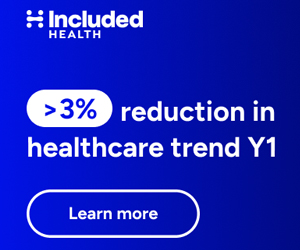First, a quick summary of the Sermo-Medgadget battle. A week ago Medgadget runs a post claiming that anyone using publicly available (if somewhat obscure) information can impersonate a doctor on Sermo’s site. A huge fuss breaks out. See the more than 130 comments at Xconomy here and a new article interview with Daniel Palestrant here. Medgadget’s journalist/doctors have spent a lot of effort defending themselves in comments at Xconomy and apparently on Sermo, too. And they’ve met lots of anger from Sermo users. Sermo employees (Sermo’s CEO Daniel Palestrant has told me and others) are not posting on this topic on Sermo or elsewhere. They must be pretty pleased about the loyalty they’re seeing from their members—who remind me a little of Mac users decrying Bill Gates!
Most recently, Medgadget went further. Turning up an old PDF and claiming that Sermo is turning over physicians’ identities to its clients—who are financial institutions, the FDA, AMA and (at some point in the future) pharma companies. To Medgadget’s credit they printed a clarifying comment from Sermo’s CEO which made it clear that this was a mock up and no such information had been passed on to clients.
Next my disclaimer: Sermo is a sponsor of the Health2.0 Conference of which I am a co-founder and co-owner. Sermo has bought at least one job ad on THCB and its CEO Daniel Palestrant is someone I like and who has bought me dinner on at least one occasion. I also have a guest pass to look into (but not post on) Sermo, which I haven’t used in several months. (I like docs, I just don’t care that much what they think!)
On the other hand, three other physician social networking sites (Within3, iMedExchange & PeerClip) were also sponsors of Health2.0, so if Sermo was to go away, it’s unlikely either that physician social networking will end, or that it’ll be the reason for the conference’s demise or my return to the gutter. I don’t own stock in any of those companies.
Finally, I met Michael Ostrovsky from Medgadget at the party at Health2.0, which by the way he gate-crashed as despite being a top investigative journalist he was unaware until the last minute that a well publicized 450 person conference on a topic directly concerning him was happening in his backyard! He was enjoying a drink paid for in part by Sermo. I haven’t seen his check for $7 yet, but let’s assume that he hasn’t been been financially swayed in their favor by their generosity either!
So let’s look a little at what happened.
Sermo built its community by asking for information that had a relatively low threshold for an MD to provide, but wouldn’t easily be known by a casual web surfer. As is typical for an online community. Sermo says that as it’s grown in numbers it’s added more features to check that doctors are who they say they are, and some of them are not revealed by the original Medgadget article. But of course any security feature can be got around with someone with enough time, patience and money. And any site of any kind has to balance security/authenticity features, with ease of use and cost of access. Sermo could do a full military/FBI clearance background check on every new member (a bit like the AthenaHealth employment interview!!)—it could just let anyone sign up and promise they’re a doctor with no checking. What they are going to do is be somewhere in the middle. The question is in balancing access and authenticity, where is the rational place for them to be?
So let’s look at situation rationally.
Continue reading…











